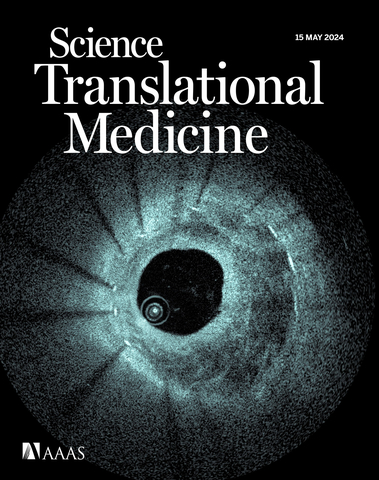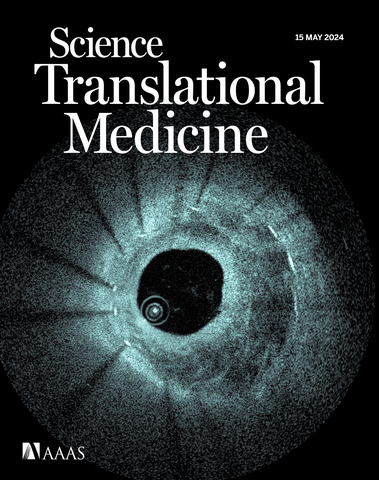BOSTON--(BUSINESS WIRE)--Spryte Medical, an intravascular imaging and AI company today announced the publication of their first-in-human study of its neuro Optical Coherence Tomography (nOCT) technology in the peer reviewed journal Science Translational Medicine, entitled “Volumetric microscopy of cerebral arteries with a miniaturized optical coherence tomography imaging probe.” This research, hailed as a significant milestone by researchers, is the first to demonstrate the ability to bring intravascular imaging to the brain, helping clinicians to better see the pathology associated to neurovascular disease, with potential future implications for the treatment of stroke and related conditions.
“This is an incredibly exciting milestone for the field of neuro-intervention. Direct imaging of the pathology and its relationship to devices will transform treatment decisions, and the fundamental understanding of cerebrovascular pathology,” said Matthew Gounis, Professor and Vice Chair of Research in the Department of Radiology at UMass Chan Medical School, Worcester, MA. “Revolutions in imaging technology, from the discovery of x-rays over 120 years ago to 3-dimensional imaging in the angiography suite more than 20 years ago, occur roughly once in a generation.”
The procedures, performed by Vitor Mendes Pereira, MD, of St Michael’s Hospital and University of Toronto, Canada, and Pedro Lylyk, MD, of Clínica la Sagrada Familia, Buenos Aires demonstrated successful navigation and imaging with the nOCT probe in 32 patients undergoing routine investigation or treatment for cerebrovascular disease. The device is not approved for human use in the USA or commercially available. All patients were treated with appropriate ethical approval.
“The Spryte nOCT technology is an imaging probe, sized like a guidewire, that navigates seamlessly through the brain vessels using our usual neuro-interventional techniques. The system and imaging probes performed well, integrating with our workflow, and provided us with incredible images and critical information that we cannot obtain with any other technology,” said Pereira.
The paper underscores the significant scientific achievement made by Spryte in miniaturizing OCT technology to safely navigate the blood vessels of the brain while providing a high-resolution, micron-level image. The goal is to allow physicians to better understand anatomy, pathology and device implants, better informing therapeutic decision making. The implications of this technology in improving the treatment of patients suffering neurovascular disease are only starting to surface. Science Translational Medicine is a perfect journal to showcase this work, bringing together scientific innovation and medical application.
“This study provides proof of concept for using optical coherence tomography devices to better understand cerebrovascular pathology and intervention for a range of conditions in the human brain,” said editor Brandon Berry from Science Translational Medicine.
About Spryte Medical: Spryte Medical is an intravascular imaging, AI, and data company headquartered in Bedford, Massachusetts. The unique imaging and data platform is purpose-built to accelerate understanding of target diseases, facilitate the development of novel therapies and ensure optimal treatment delivery for the benefit of patients worldwide. Spryte has selected neurovascular disease as the company’s initial area of focus. While intravascular imaging has contributed to significant improvements in cardiovascular care, the fundamental limitations of current technologies have precluded their use in the small, tortuous, intracranial vasculature. Spryte’s technology, however, overcomes these limitations and integrates with established procedural workflow, providing it the opportunity to become the first and only intracranial imaging technology available to clinicians worldwide that enables both intraluminal imaging as well as volumetric microscopy of the neurovascular vessels.




